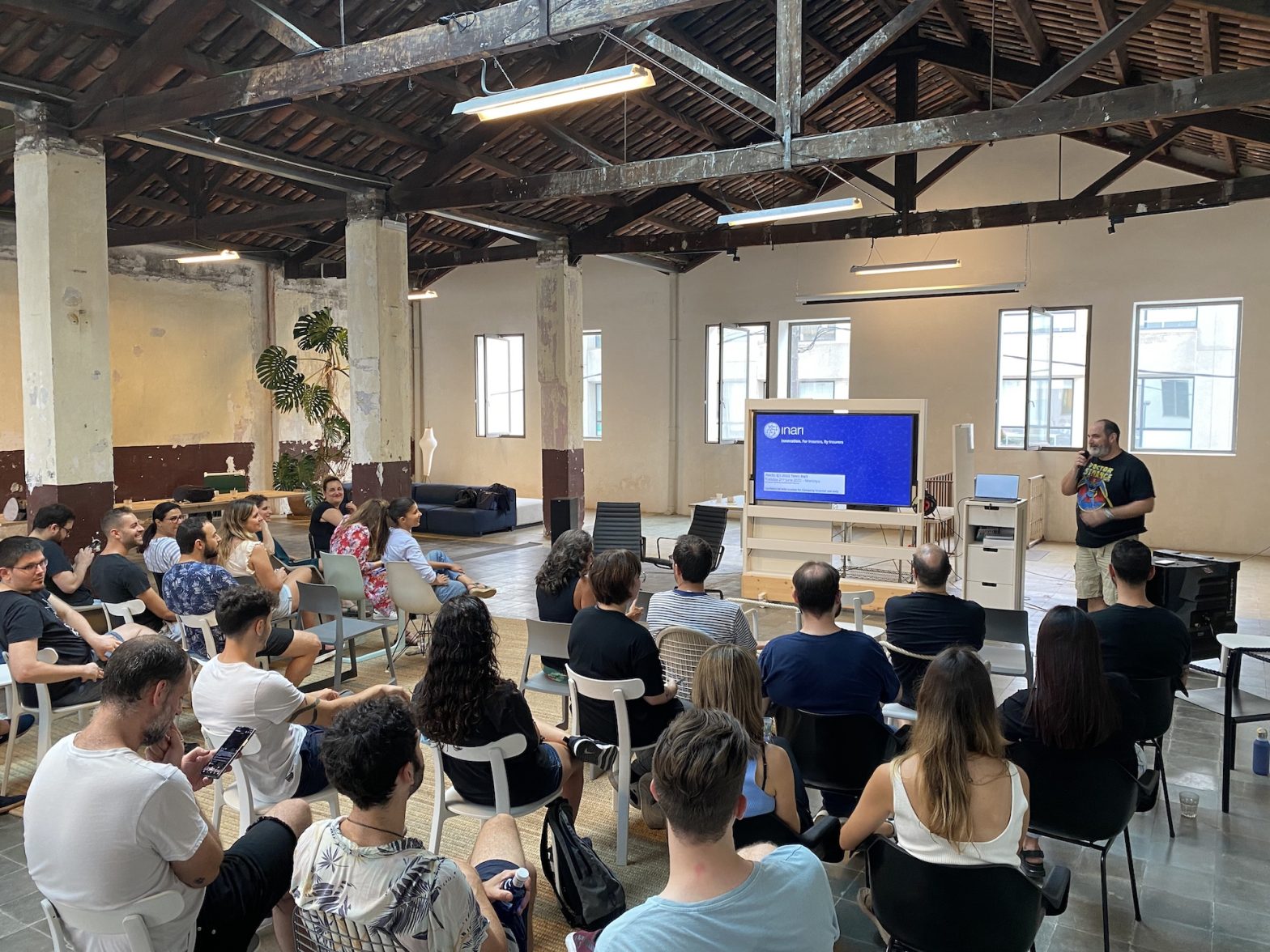NEWS & EVENTS
Harnessing Data for Insurance Underwriting Evolution

Jonathan Pflieger, SVP of Insurance Products, inari
The seamless influx of data is monumental in the realm of insurance underwriting. Yet, amidst a vast sea of information, an undeniable truth persists. Much of this data remains unexploited and unorganized, which poses a significant challenge for any individual to manage, especially in real-time. Within this reality, now exists a great opportunity for change.
What once seemed like a far-fetched theory is now within reach: the tools required to harness risk data better are at our disposal.
Timely, accurate, readily available structured data is frequently lacking. Data delivery often needs to catch up to the underwriter’s needs to make informed decisions efficiently and pursue the most attractive submissions. The labor-intensive process of extracting vast amounts of data, the need for specialized expertise, and data silos, all hinder the effective utilization of advanced analytics.
These challenges are widely acknowledged and felt by many underwriting teams in the industry. I vividly recall the day-to-day realities of twenty years ago when I was a junior underwriter. While there has been some progress, some of those issues remain unchanged today. Underwriters often need to seek internal assistance for data extraction and structuring. This diverts their attention away from client relations and risk assessment and adds to the workload of their support team.
While nostalgia may cloud memories, it is crucial to acknowledge the present reality: embracing data science empowered by modern analytics can be a transformative experience for all underwriters, regardless of their domain or level of experience. More so, data integration across departments can ease the management of complex business lines. Think about the 9/11 terrorist attacks, the global financial crisis, or the recent COVID pandemic; major loss events trigger information requests and analytical data responses in a matter of hours, not weeks or months.
As inari’s Insurance Products SVP, my goal is to infuse our product development with the insights of an underwriter, ensuring that both our Bordereaux management solution and all-in-one Underwriting Workbench remain responsive to changing market dynamics. We firmly believe AI and other technological advancements hold some promise of addressing many longstanding challenges in the underwriting space. Our main focus this year is on implementing smart automation to capture broker slips and incorporating relevant playback of data at the right time.
A comprehensive approach to digital transformation is ever more critical to avoid fragmented solutions that fail to address core problems. We are all too familiar with underwriters’ instinctive reluctance to take on new data initiatives due to concerns about increased workload. An overall data strategy and a clear roadmap for change management are essential so that decisions for new implementations and adoptions are driven by end-users needs – a lesson learned from years of firsthand experience of our team.
The challenges facing underwriters in today’s dynamic risk environment are intensifying, with losses increasing in frequency and severity across many lines. Real-time global data, smart automation, and assisted underwriting governance are indispensable to cutting through data silos successfully and supporting underwriting decisions. Through strategic adoption of digital transformation and implementation of modern technologies such as AI, underwriters can effectively overcome hurdles and thrive in an increasingly intricate industry landscape while shifting their view of system usage from a necessary burden to a strategic resource.


